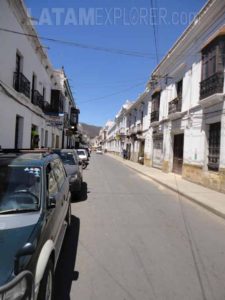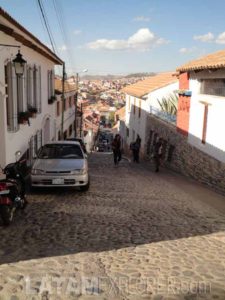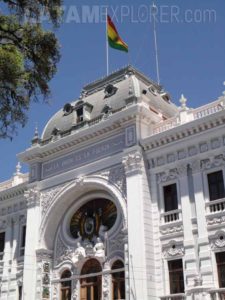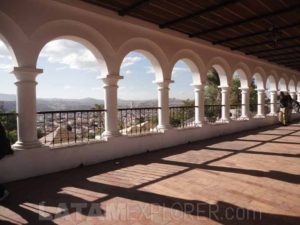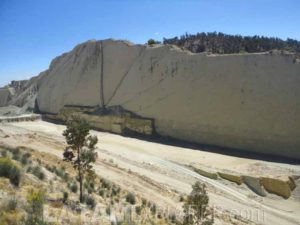Home > Destinations > Bolivia > Sucre
Sucre, Bolivia
Constitutional capital and seat of the judiciary branch of the Bolivian Government, the city of Sucre, also known locally as Chuquisaca, is only the sixth largest in the country. Situated at an altitude of 2,800 meters (9,200 feet) in a transition zone between the altiplano (Andean plateau) and the lowlands of the Chaco, or Pantanal, Sucre has a pleasant climate throughout the year, with markedly dry and cool winters.
Sucre was founded in 1538 and its history has always been closely related to that of the neighboring city of Potosí, where the largest silver deposits in the world were explored by Spanish colonizers. The lower altitude and hence the friendlier atmosphere of Sucre made it a natural choice for mining companies to establish their offices. From 1825, with the declaration of the Bolivian independence, Sucre became known as the national capital until the Civil War in 1898 made the seat of government move to La Paz, where it remains to this day. Sucre, however, retains its constitutional role of capital and, despite having lost economic importance after the decline of the mining activity, it continues be the most beautiful city in the country.
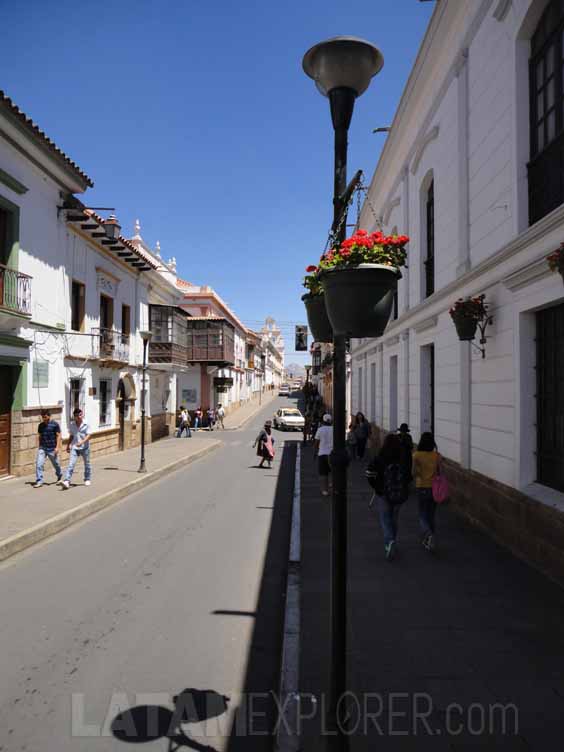
Nowadays, the white city, as Sucre is also known, attracts for its beautiful and well-preserved historic center, declared World Heritage site by UNESCO, and also for the paleontological finds that abound in the vicinity. The historic core of the city is relatively safe and ideal to be explored on foot. Plaza 25 de Mayo, located in the heart of Sucre, is the city’s meeting point per excellence. Surrounded by the buildings of the Cathedral, the City Hall and by the House of Liberty, besides several small museums and a few restaurants, the square features a monument to the second president of Bolivia, Marshal Antonio José de Sucre in its center and is a great place to watch the continual coming and going of children, elders and shoe shiners. The Metropolitan Cathedral, initiated in 1551, hosts a museum focused on sacred art from the sixteenth to the eighteenth centuries. The cathedral interior also houses an image of the Virgin of Guadalupe, patron saint of Sucre, adorned with gold, diamonds and other precious stones. The House of Liberty, in its turn, is installed in an old university founded by the Jesuits, and is the place where the Declaration of Independence of Bolivia was signed in 1825. Today the site houses a museum dedicated to the history of the country, particularly to the independence movement.

Leaving Plaza 25 de Mayo by the Arenales Street and heading four blocks westwards, you’ll arrive at the Sucre Theater and then, turning right, at the Supreme Court of Justice. Immediately outside the headquarters of the Judiciary lies the Bolivar Park, the main family leisure area of the city, featuring miniatures of the Arc de Triomphe and of the Eiffel Tower, besides a small lake. Heading, instead, to the opposite side of the central square, you’ll get to the Recoleta neighborhood. Here you’ll find a beautiful gazebo overlooking the downtown area in addition to some museums, among which the Museum of Indigenous Art ASUR deserves particular attention.
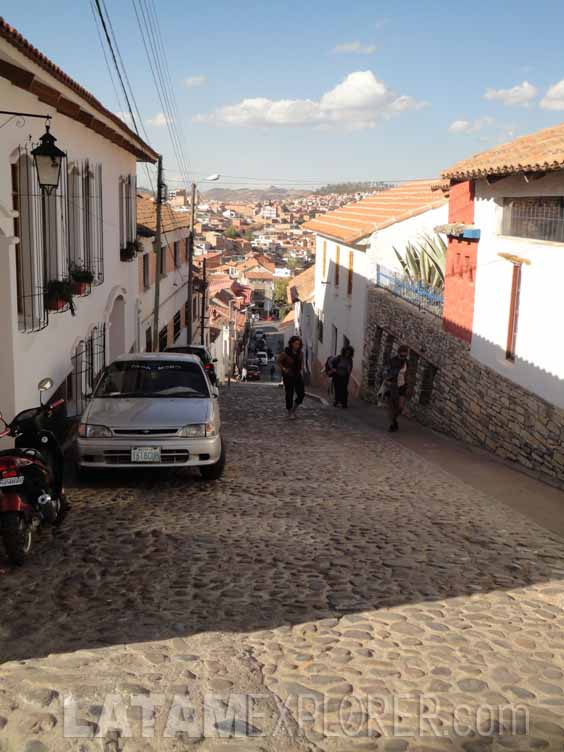
Those interested in paleontology, or simply in a distinctive activity, can follow the route of the dinosaurs in order to see up close the footprints left by some of the largest animals that ever inhabited our planet. The main attraction of this route is the Cretaceous Park, a small park with several reproductions of dinosaurs from where various real footprints can be seen on the nearby hill known as Cal Orcko (Lime Hill) which was accidentally discovered by the largest cement producing company in Bolivia.
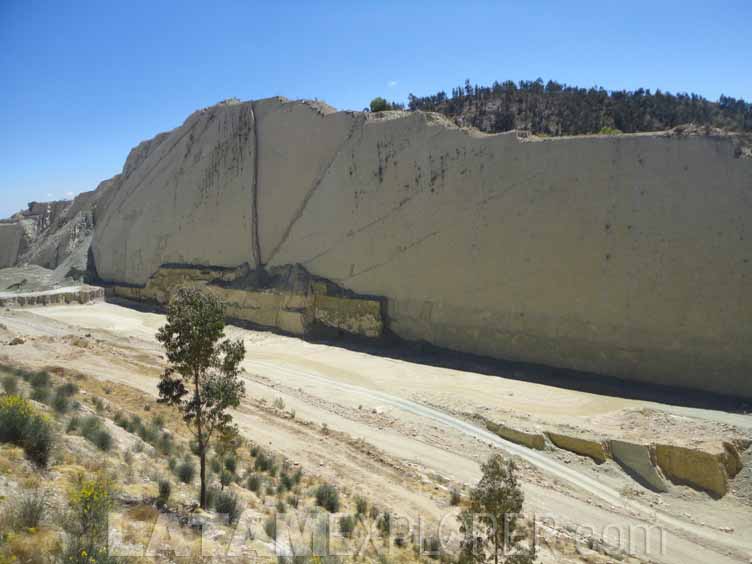
Sucre is served by a small airport with direct connections to the largest cities in the country. From there you can reach both La Paz (700km / 435mi away) and Santa Cruz de La Sierra (480km/ 300mi) in about 1 hour. The tricky terrain and the quality not exactly excellent of most of the roads make ground transportation relatively slow, but rewarding when time is not a serious limitation. Buses run regularly to the most important cities in the country taking about 3 hours to Potosí, where you can take another vehicle to Uyuni (another 4h), 12h to La Paz and 14h to Santa Cruz de la Sierra.
